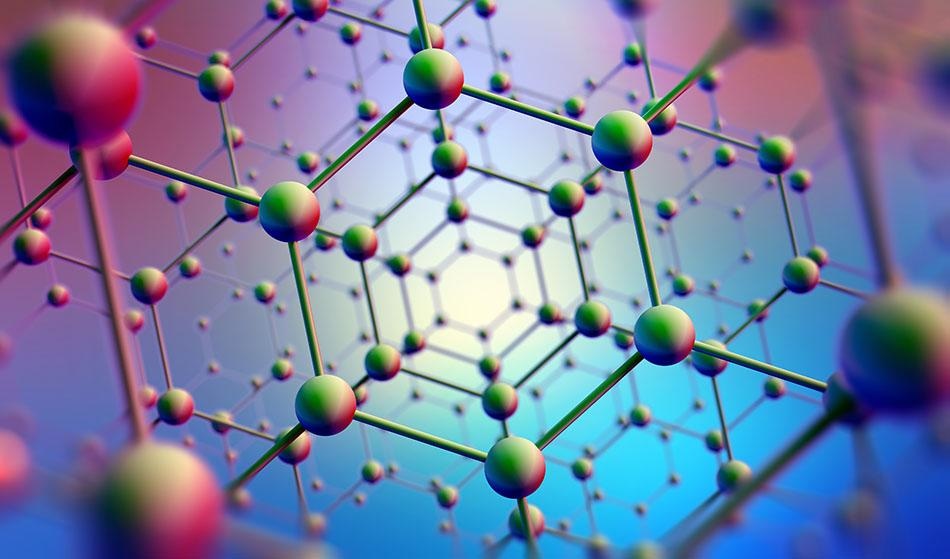When we hear about the Nano technology and material science .We always think of Nano particles and their properties.
Journal of Nanotechnology & Material Science involves combining and understanding of the physical principles demonstrated by Biomaterials, technology of nanometre-scale objects and other nanotechnologies.
JNMS also includes the discovery, characterization, properties, and end-use of nanoscale materials.
One of the most interesting things about nanotechnology is that the properties of materials may change when the size scale of their dimensions approaches nanometers.
Materials scientists work to understand and control those property changes and find new applications for nanostructures of well-known materials.
There are some students, lectures, masters who are much more interested in the Nano technology and material science who always have eye on these.
Nano technology has been taking place in every thing . and also the importance also increasing every day.
They are so called Nano because they are not visible to our naked eyes. The materials made from these particles are so strong and can’t broken easily.
https://www.alliedacademies.org/journal-materials-science-researh-nanotechnology/
RELATION BETWEEN NANO TECHNOLOGY AND MATERIAL SCIENCE
Scientists currently debate the future implications of nanotechnology.
Nanotechnology may be able to create many new materials and devices with a vast range of applications, such as in nanomedicine, nanoelectronics, biomaterials energy production, and consumer products.
There are several important applications of nanomaterials such as aviation and space, chemical industry, optics, solar hydrogen, fuel cell, batteries, sensors, power generation, aeronautic industry, building/construction industry, automotive engineering, consumer electronics, thermoelectric devices, pharmaceuticals.
Nanotechnology also lowers costs, produces stronger and lighter wind turbines, improves fuel efficiency and, thanks to the thermal insulation of some nanocomponents, can save energy.
The properties of some nanomaterials make them ideal for improving early diagnosis and treatment of neurodegenerative diseases or cancer.
ADVANTEGES AND DISADVANTEGES OF NANO TECHNOLOGY AND MATERIAL SCIENCE
ADVANTEGES INCLUDES:
- Advances in disease treatments, such as cancer
- Better imaging and diagnostic equipment
- Energy-efficient products such as fuel and solar cells
- Improvements in manufacturing that allow for durable, light-weight, efficient production tools
- Improved electronic devices, including transistors, LED and plasma displays and quantum computers
- Nanorobots can be used to rebuild the ozone layer, clean polluted areas and lesson dependence on non-renewable energy sources.
DISADVANTEGES INCLUDES:
- Potential dangers to humans and the environment
- Loss of manufacturing and agricultural jobs
- Economic market crashes related to a potential lower value of oil due to more efficient energy sources and gold or diamonds, materials that can be reproduced with molecular manipulation
- Accessibility of weapons of mass destruction
- Improved atomic weaponry
- The cost of research and products made from nanoparticles.
CONCLUSION
It is worthful to have Nano technology in all of the things ,as the popularity is increasing every day.












[…] carbon nanotubes used in paper battery are very […]